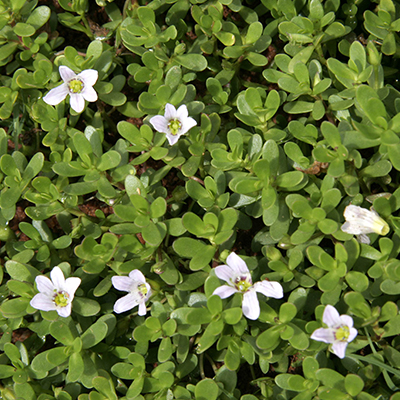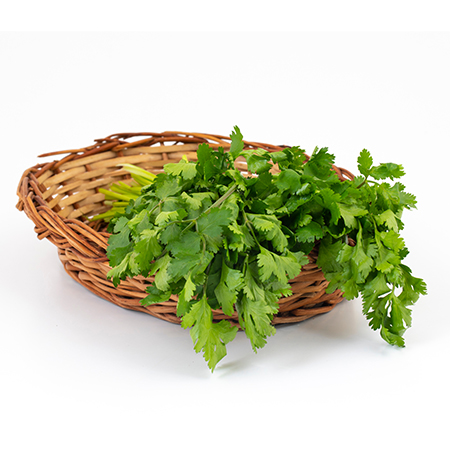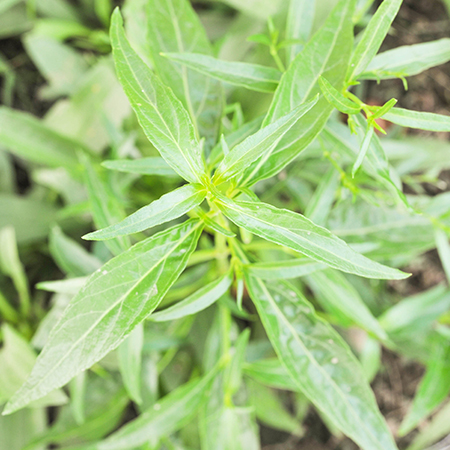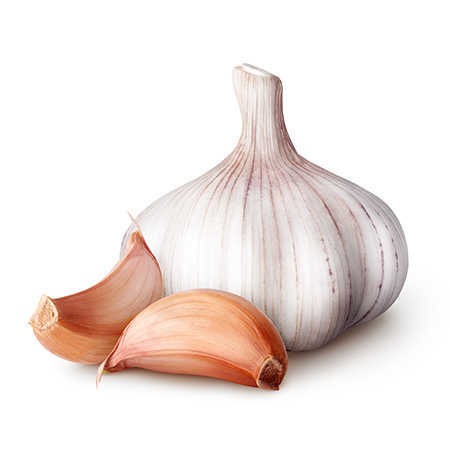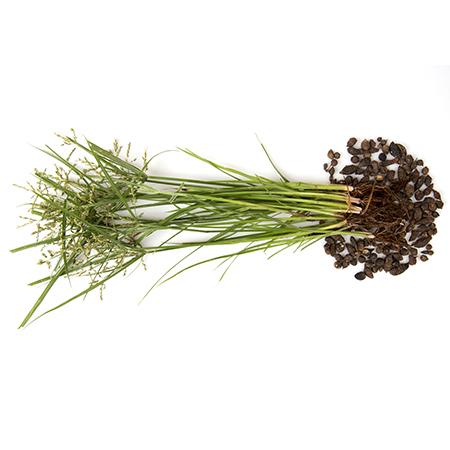Ayurveda and Science
Babool/बबूल/Acacia arabica/Indian Gum Arabic/Babula
AYURVEDIC & MEDICINAL PLANTS
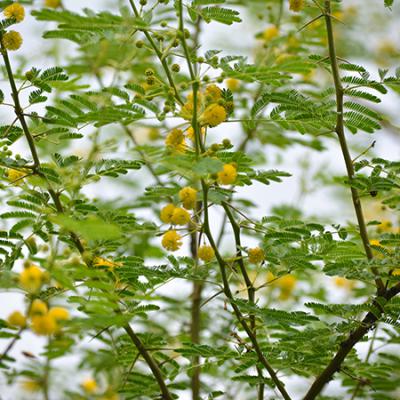
Acacia Nilotica Medicinal Uses
Babul bark finds its primary applications in oral & dental hygiene, burn injuries and in the management of skin diseases as recommended by Indian Ayurveda. Being an astringent agent, twigs of Babula have been used in India as natural toothbrushes. Such use has been time-tested approach in prevention of bleeding gums.In burn injuries, use of Babula bark powder has been a trusted remedy.It is believed that, Babula hastens the healing process of burn injuries and minimises the scar formation. Decoction prepared out of Babul bark is employed for cleansing infected wounds.Internal use of Babula is recommended in treatment of skin diseases.
Chemical Composition
Gum of the tree contains calcium, magnesium and potassium, malic acid, sugar. Bark and pods contain a large quantity of tannins.









